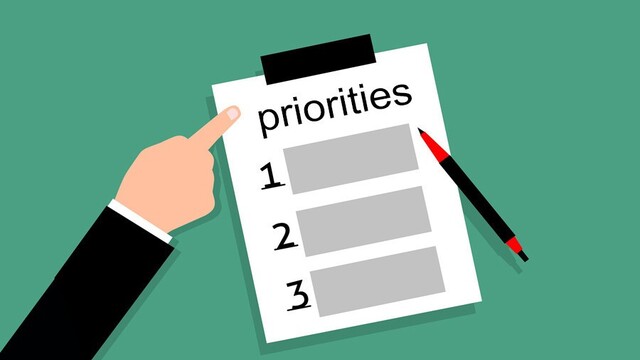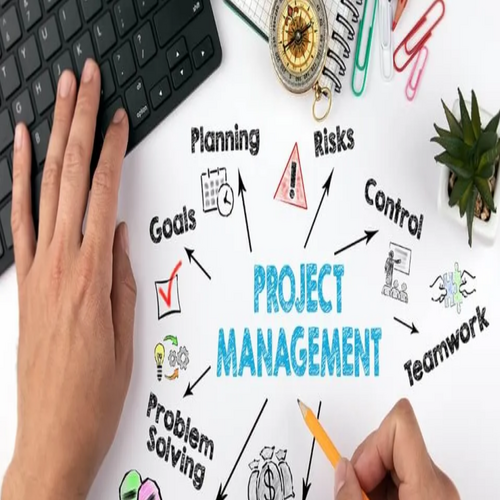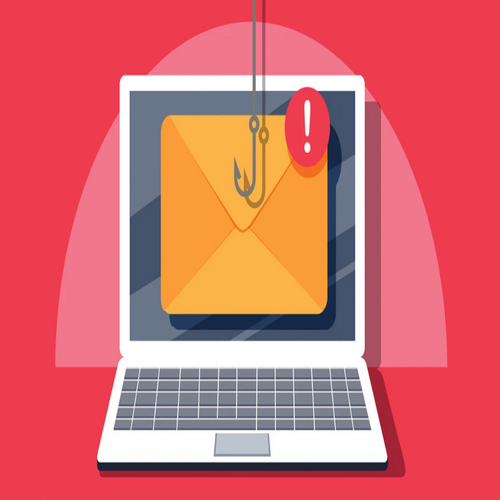The Art of Prioritization: 7 Steps to Determine the Most Important Tasks and Get Them Done

Prioritization is a great way to increase your productivity and knock your goals out. Identify the most important tasks and focus on them first, and focus on the less important tasks after. By prioritizing your tasks effectively, you can make the most of your time and energy and get more done in less time.
Here are some tips for prioritizing your tasks:
1. Understand your goals
Before you can prioritize your tasks, identify what you're trying to accomplish. Take some time to define your short-term and long-term goals and break them down into smaller and more manageable tasks. This will give you a clear idea of what needs to be done and help you prioritize your tasks accordingly.
2. Use the 80/20 rule
The 80/20 rule, also known as the Pareto Principle, states that roughly 80% of your results come from 20% of your efforts. This means that a small number of tasks are responsible for the majority of your results. To prioritize your tasks effectively, focus on the 20% of tasks that will have the greatest impact on your goals.
3. Use the Eisenhower Matrix
The Eisenhower Matrix is a simple and powerful tool for prioritizing tasks based on their importance and urgency. The matrix has four quadrants:
- Quadrant 1: Urgent and important tasks
- Quadrant 2: Important, but not urgent tasks
- Quadrant 3: Urgent, but not important tasks
- Quadrant 4: Neither urgent nor important tasks
Place each of your tasks into one of the four quadrants based on its level of importance and urgency. Quadrant 1 tasks should be your top priority, as they are both important and urgent, while Quadrant 4 tasks can generally be ignored or eliminated.
4. Minimize or delegate low-priority tasks
To effectively prioritize your tasks, it's important to minimize or delegate tasks that are low on your priority list. This might involve saying no to tasks that aren't aligned with your goals, outsourcing tasks to others, or simply not doing them at all. By minimizing or delegating low-priority tasks, you can free up your time and energy to focus on the most important tasks that will help you achieve your goals.
5. Use the 'most important tasks' (MIT) rule
The MIT rule involves identifying the three most important tasks that you need to accomplish each day, and focusing on them first. This can be a useful tool for keeping your focus on the most important tasks and avoiding distractions.
6. Be flexible
Effective prioritization involves being flexible and adapting to changing circumstances. Your priorities may shift based on new information, changing goals, or unexpected events. It's important to be open to adjusting your priorities as needed and to be willing to reassess your tasks on a regular basis.
7. Practice mindfulness
Mindfulness is the practice of being present in the moment and paying attention to your thoughts and actions. By being mindful of your tasks and priorities, you'll stay focused on what's most important and avoid getting sidetracked. Consider incorporating mindfulness practices, such as meditation or journaling, into your daily routine to help you stay focused and prioritize your tasks more effectively.
By following these seven tips and continuously seeking to improve your prioritization skills, you can get more done in less time and make the most of your time and energy. With patience and a little practice, you can learn to prioritize your tasks more effectively and achieve your goals.
How to manage an IT Project
Managing an IT Project requires much planning and coordination, and may have many challenges.
Email Phishing Trends In 2020
Our "State of the Phish" details phishing activity we are seeing in the corporate email space in 2020.


